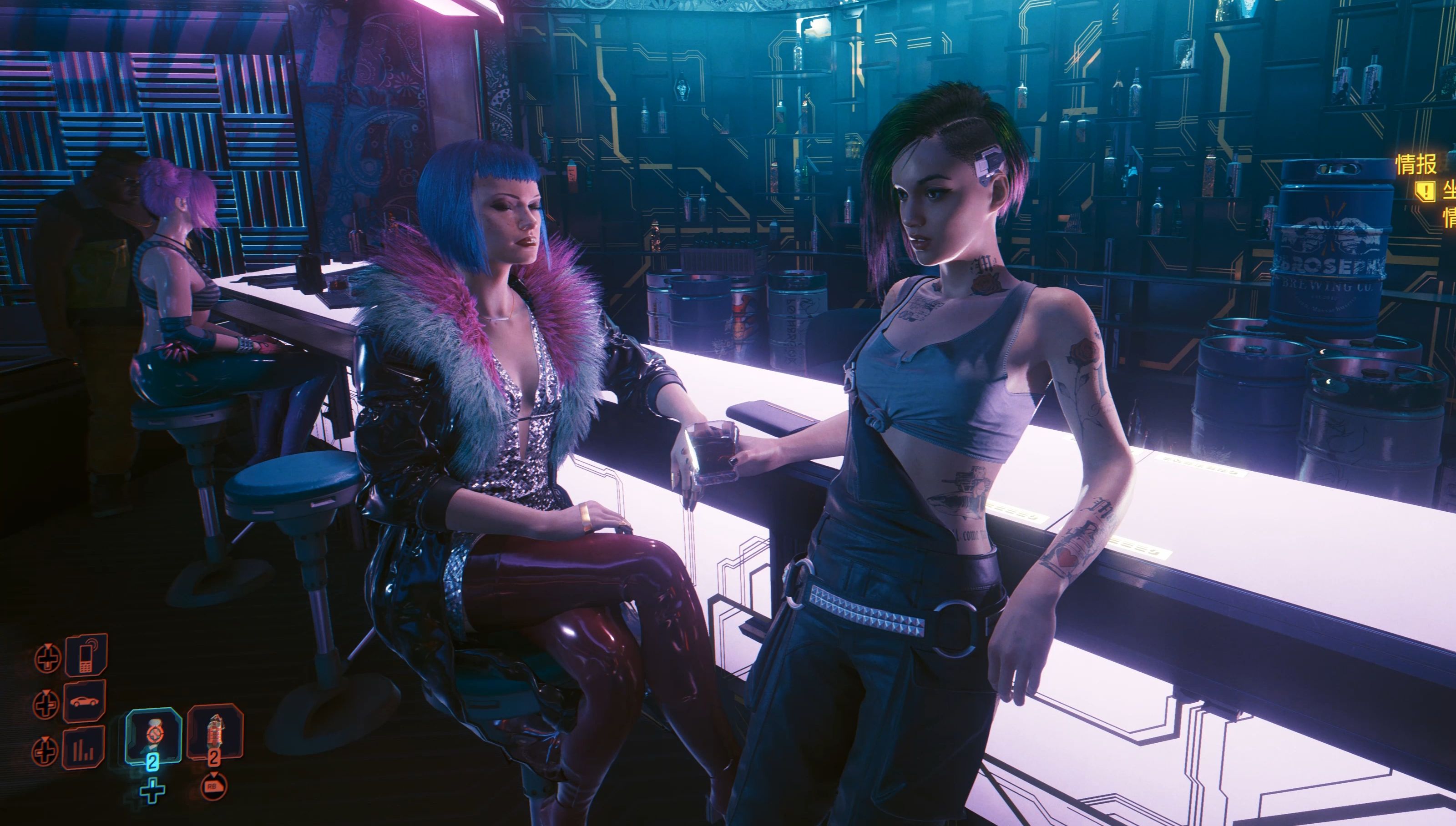Is Fire Emblem a JRPG That Focuses on Small-Scale Skirmishes?
The Fire Emblem series, developed by Intelligent Systems and published by Nintendo, has long been a pillar of the tactical role-playing genre. Since its debut in 1990, the franchise has evolved significantly, yet one question often arises among both fans and critics: Is Fire Emblem fundamentally a JRPG that emphasizes small-scale skirmishes? To answer this, we must examine the series' core mechanics, narrative structure, and design philosophy, contrasting it with broader JRPG conventions.
At its heart, Fire Emblem is a turn-based tactical RPG. Unlike traditional JRPGs such as Final Fantasy or Dragon Quest, which often feature large-scale battles, open-world exploration, and grand narratives centered on saving the world, Fire Emblem focuses on intimate, tactical engagements. Each battle is typically a self-contained skirmish involving a limited number of units—usually between 10 and 30 per side—on grid-based maps. These encounters are designed to be methodical and strategic, emphasizing unit placement, terrain advantages, weapon triangles, and character-specific abilities. This focus on small-scale combat is a defining trait that sets Fire Emblem apart from many of its JRPG counterparts.
The term "JRPG" traditionally conjures images of linear storytelling, party-based combat, and character progression systems. While Fire Emblem shares these elements, its execution is distinct. Most JRPGs utilize random encounters or large-scale real-time or turn-based battles involving dozens of enemies. In contrast, Fire Emblem’s battles are deliberate, structured, and small in scope. Each map is a puzzle to be solved, requiring players to think critically about movement, attack range, and resource management. This granular approach to combat aligns more closely with tactical games like Advance Wars or XCOM than with conventional JRPGs.
Narratively, Fire Emblem often revolves around wars and political conflicts, but the storytelling is deeply personal. The series is renowned for its character-driven plots, where individual relationships and backstories take center stage. The support conversation system, introduced in later entries, allows characters to form bonds through battle, revealing personal stories that enrich the overall narrative. This emphasis on micro-level interactions complements the small-scale skirmish design. Each battle feels significant not because it involves thousands of soldiers, but because the lives of individual units—each with a name, personality, and story—are at stake. The permadeath feature, a series staple, heightens this intimacy, making every decision in combat feel weighty and consequential.
In terms of game structure, Fire Emblem games are typically divided into chapters, each culminating in a tactical battle. Between battles, players manage their units—promoting classes, equipping weapons, and building relationships—in a hub environment. This rhythm of preparation and execution reinforces the focus on discrete, small-scale encounters. Even in games with larger maps or more units, such as Fire Emblem: Three Houses, the core gameplay remains rooted in tactical skirmishes rather than sprawling battles. The addition of battalion mechanics in Three Houses introduced a layer of large-scale warfare, but it served as a supplementary feature rather than a replacement for the tactical micro-management the series is known for.
Comparatively, other JRPGs often prioritize epic scale. Games like Xenoblade Chronicles or The Legend of Heroes feature massive worlds to explore and battles against colossal enemies. Their combat systems, while strategic, are generally more about managing stats, abilities, and party synergy in real-time or semi-real-time environments. Fire Emblem, by contrast, strips away the grandeur in favor of precision. The focus is on the chess-like maneuvering of individual units across constrained battlefields. This design choice creates a different kind of tension—one based on tactical foresight rather than raw power or scale.
The evolution of the series has seen some shifts toward larger battles and more open-ended exploration. Fire Emblem: Echoes incorporated dungeon crawling and free movement, while Three Houses introduced a more expansive hub world. However, these elements never overshadow the tactical core. Battles remain the central pillar of gameplay, and even when the narrative escalates to world-ending threats, the combat stays grounded in small-unit tactics.
In conclusion, Fire Emblem is indeed a JRPG that focuses on small-scale skirmishes. While it shares narrative and progression elements with the broader JRPG genre, its identity is firmly rooted in tactical, intimate combat. The series thrives on the interplay between character-driven storytelling and meticulous battlefield strategy, creating an experience that feels both personal and intellectually engaging. This focus on small-scale encounters not only defines Fire Emblem but also secures its unique place within the JRPG landscape.















